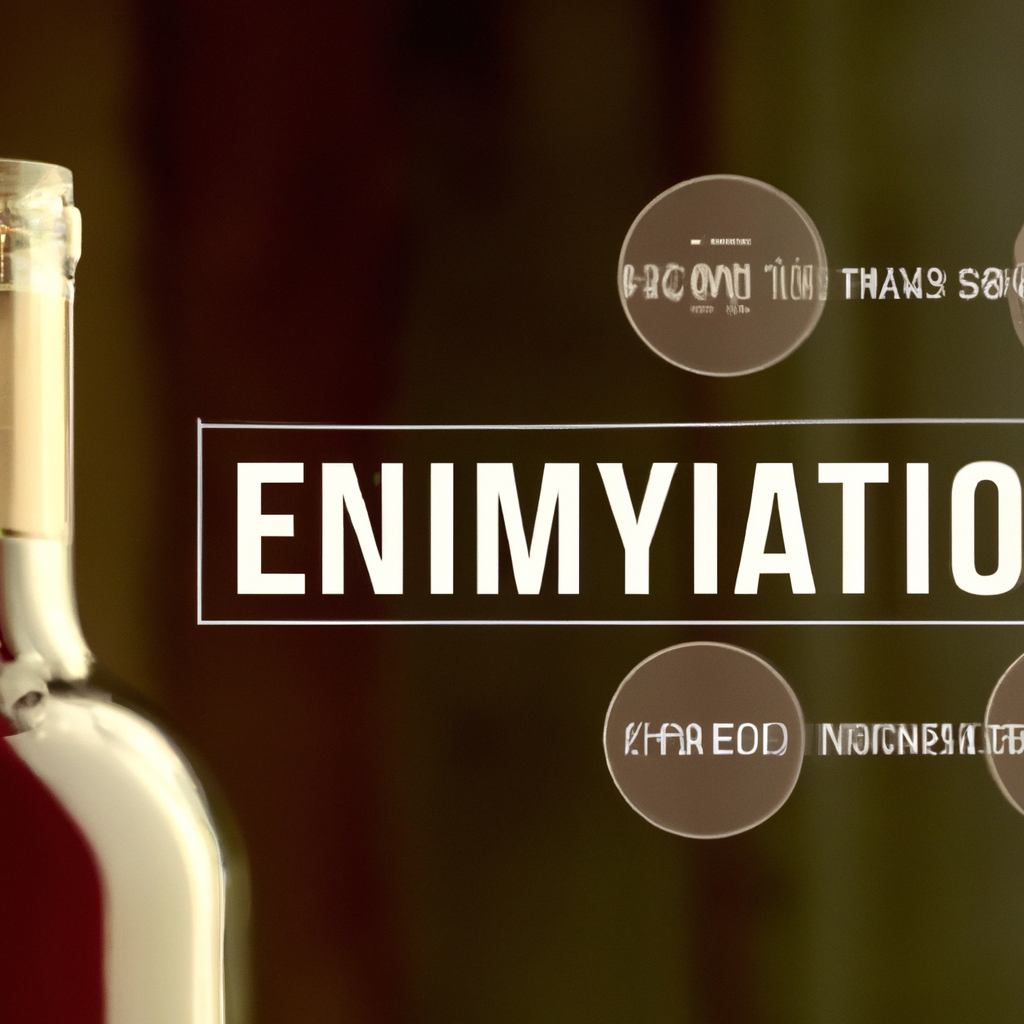
-
Article Summary
- Understanding Wine Terminology: Decoding the “Buzzwords”
- Key Takeaways
- Introduction: The Language of Wine
- Decoding Wine Descriptions
- Understanding Wine Labels
- FAQ Section
- What does “oaky” mean in wine terminology?
- What is a “corked” wine?
- What does “minerality” mean?
- What is “terroir”?
- What does “vintage” mean?
- Conclusion: The Power of Wine Language
- Revisiting Key Takeaways
Understanding Wine Terminology: Decoding the “Buzzwords”

[youtubomatic_search]
Key Takeaways
- Wine terminology can be complex, but understanding key terms can enhance your wine tasting experience.
- Terms like “body,” “tannin,” “acidity,” and “finish” are fundamental to wine descriptions.
- Wine labels often contain important information about the wine’s origin, grape variety, and vintage.
- Understanding wine buzzwords can help you make more informed choices when purchasing wine.
- Wine tasting is a subjective experience, and personal preference should always be the ultimate guide.
Introduction: The Language of Wine
Wine, with its rich history and global presence, has developed a language of its own. This language, filled with unique terms and phrases, can often seem intimidating to the uninitiated. However, understanding wine terminology can greatly enhance your appreciation and enjoyment of wine. This article aims to demystify some of the most common wine buzzwords and provide a guide to understanding wine labels and descriptions.
Decoding Wine Descriptions
Wine descriptions often include terms like “body,” “tannin,” “acidity,” and “finish.” These terms refer to specific characteristics of the wine:
- Body: This refers to the weight and fullness of the wine in your mouth. Wines can be light-bodied, medium-bodied, or full-bodied.
- Tannin: Tannins are naturally occurring compounds in grapes that contribute to the wine’s structure and longevity. They can make the wine taste dry or astringent.
- Acidity: Acidity gives wine its tartness or crispness. High-acidity wines can taste more refreshing, while low-acidity wines may feel smoother or richer.
- Finish: The finish is the aftertaste that lingers after you swallow the wine. A long finish is often associated with high-quality wines.
Understanding Wine Labels
Wine labels can provide a wealth of information about the wine, including its origin, grape variety, and vintage. Here are some key terms you might find on a wine label:
- Appellation: This refers to the specific geographic area where the grapes were grown. Appellations can be as broad as a country or as specific as a single vineyard.
- Varietal: This is the type of grape used to make the wine. Some wines are made from a single varietal, while others are blends of several varietals.
- Vintage: The vintage is the year the grapes were harvested. The quality of a vintage can vary greatly depending on weather conditions during the growing season.
FAQ Section
What does “oaky” mean in wine terminology?
“Oaky” refers to flavors and aromas that a wine acquires from being aged in oak barrels. These can include notes of vanilla, spice, or toast.
What is a “corked” wine?
A “corked” wine has been contaminated with cork taint, a compound that can give the wine a musty or moldy smell.
What does “minerality” mean?
“Minerality” is a term used to describe certain flavors or aromas in wine that are reminiscent of minerals, such as flint or wet stone.
What is “terroir”?
“Terroir” is a French term that refers to the unique combination of geographic, geologic, and climatic conditions that influence the taste of a wine.
What does “vintage” mean?
“Vintage” refers to the year the grapes were harvested. It can be an indicator of the wine’s quality, as weather conditions vary from year to year.
Conclusion: The Power of Wine Language
Understanding wine terminology can transform your wine tasting experience. By decoding wine descriptions and labels, you can gain a deeper appreciation for the complexity and diversity of wines. However, it’s important to remember that wine tasting is a highly subjective experience, and personal preference should always be your ultimate guide. So, whether you’re a seasoned connoisseur or a wine novice, don’t be afraid to trust your own palate and enjoy the journey of exploring the world of wine.
Revisiting Key Takeaways
- Understanding wine terminology can enhance your wine tasting experience.
- Terms like “body,” “tannin,” “acidity,” and “finish” are fundamental to wine descriptions.
- Wine labels provide key information about the wine’s origin, grape variety, and vintage.
- Decoding wine buzzwords can help you make more informed wine purchases.
- Wine tasting is a subjective experience, and personal preference should always be your ultimate guide.
[youtubomatic_search]






